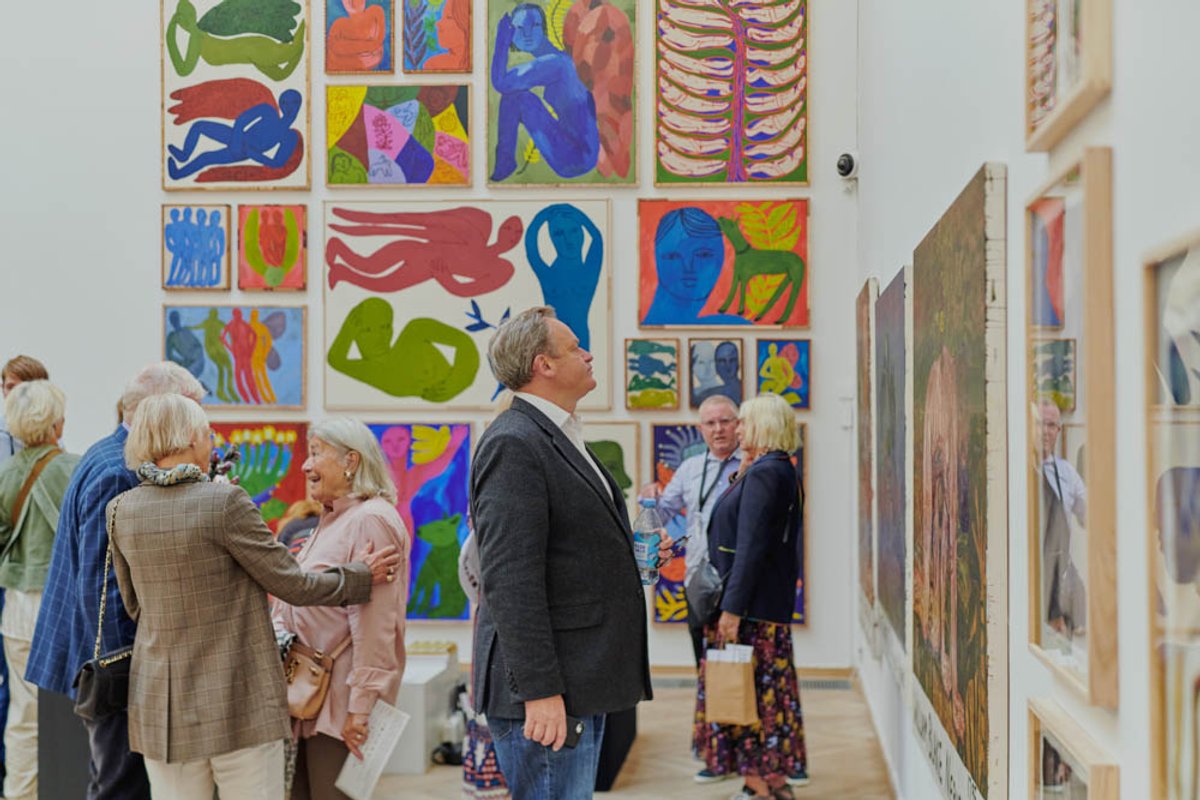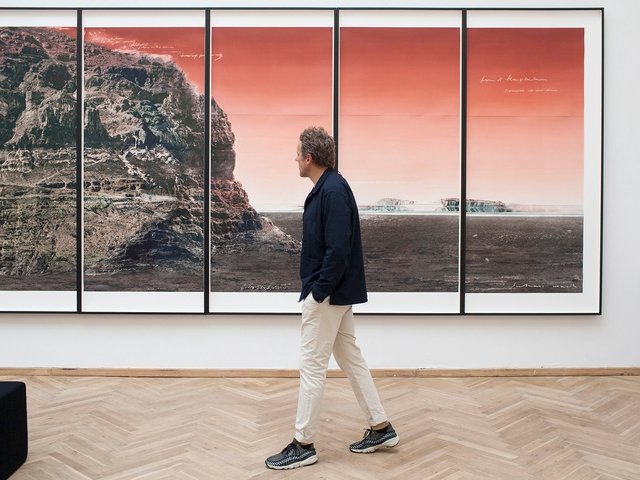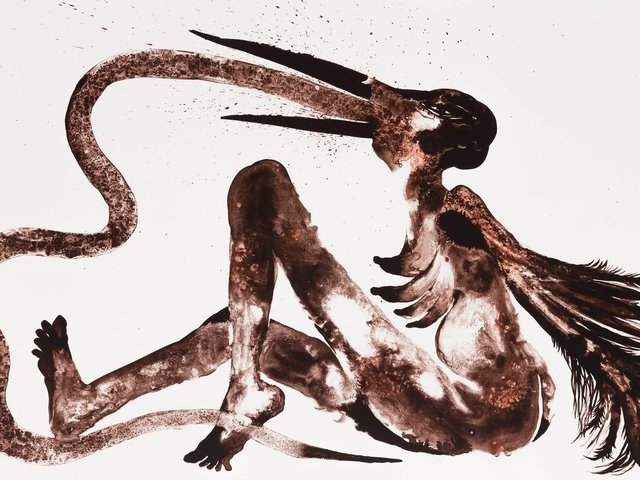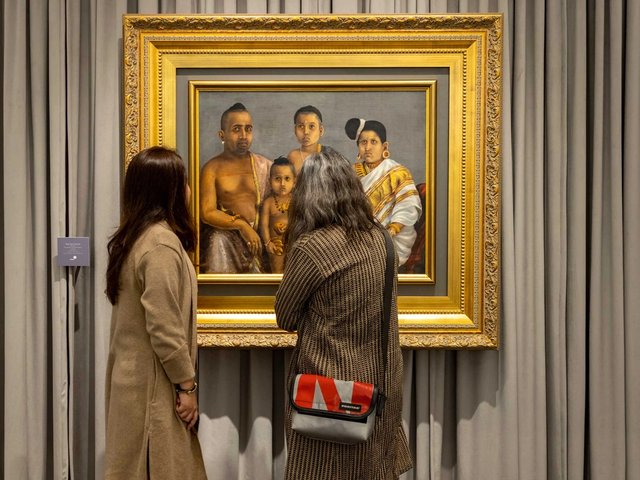Chart art fair (26-28 August) launched its first edition ten years ago in Copenhagen with the aim of bringing serious collectors to the Nordics: where money and public cultural funding are plentiful but the market for contemporary art was, at that time, comparatively conservative. “In the past decade we have positioned ourselves as the premier entry point into Northern Europe and guided a transformation in the regional appetite for younger artists,” says the fair’s director Nanna Hjortenberg. She has run Chart, which is now Northern Europe’s largest commercial event, for half its life, and is deliberating on how to move it into its next chapter.
The answer, it seems, is to build success in a measured, yet sustainable, way. “We’re not trying to be a big fair brand or expand quickly. It wouldn’t work for our geography or business model,” Hjortenberg says. Hosted every year in the Royal Danish Academy of Fine Arts, with a salon hang more akin to a living room than a trade hall, Chart positions itself as something of an “anti-fair fair”—if there could be such a thing. Its funding model is unusual, though not unheard of, for an art fair, being partially paid for by the city of Copenhagen, as well as a number of private foundations. This means that stand prices—which range from €7,400 to €12,000—are cheaper than many other fairs, which encourages galleries to “take risks and show cutting-edge work”, Hjortenberg says. “Some galleries don’t sell well in their first year, and that should be fine. They’re here for the long game.” The venue’s size also limits the number of participants, which for its 2022 edition is 38.
Regional dialogues
Nonetheless, Chart is still a wholly commercial event with a bottom line, and the future of a regional fair with no major financial backer increasingly hangs in the balance. “As long as we keep serving our original purpose—to strengthen relationships between Nordic galleries and ensure regional dialogues—we will have a reason to keep going,” Hjortenberg says.
Founded by five Danish galleries, Chart has always maintained that it should serve all the Scandinavian countries, and for good reason. “Norway has huge institutional spending power because of its oil, Sweden has the strongest private collectors, Denmark has an appreciation for aesthetics and a vibrant gallery scene; together we want to harness these qualities into one concentrated mass,” Hjortenberg says.
Collectors and visitors are by-and-large regional: from the Nordics, Western and Central Europe, Hjortenberg says, with a growing number of North American institutional collectors including the Albright-Knox Art Gallery in Buffalo, New York. But there is not a concerted push from the fair management to attract collectors from further afield, such as East Asia. “We feel we’re best served not trying to bring the whole globe to Copenhagen for a single weekend, not least for environmental reasons.”
This year, Chart will stage its answer to Frieze Sculpture. The 19th-century Tivoli Gardens—the third oldest amusement park in the world—will from August to October play host to a number of sculptures by artists including the New York-based Austin Lee. It will be the first time the historic park will be filled with commissioned art.
In another first, fair programming will also extend to the neighbouring city of Malmo. The plan mimics that of Art Basel’s, whose imminent move to Paris look set to partner with a number of the city’s major institutions, suggesting that fairs are increasingly looking at city-wide cultural experiences, rather than being restricted to trade events. “We stage our fair at the end of summer, when Scandinavia is warm and the art world is ready to go back to school,” Hjortenberg says. “The opening of Chart should mean that it’s time for the industry to get back to business.”





